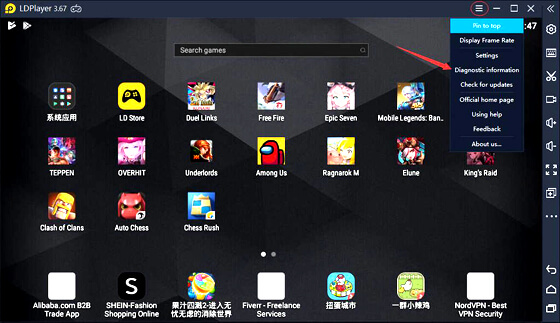

Here’s a look at how Nox App Player performs on Windows 7. Installation and SetupĪfter being forced to update my graphics card driver (I was going to get to it eventually – promise), I was able to get Nox App Player installed on Windows 7 pretty effortlessly. The entire process only took a couple minutes.

The “basic features of Nox App Player” diagram that displays after the installation process completes is extremely helpful. It shows you what you need to know in order to get started such as the ability to drag and drop APK files, where to find settings, and how to navigate.Īfter you close this out, you’re ready to get started. Personally, though, the first thing I always do is head over to Settings before I actually start to use a program, and Nox App Player has plenty of them. Under General, you can check for updates, enable the launch of Nox App Player on startup, change the language, clear the cache and more. Under Advanced, you can change the performance settings, startup settings, frame settings, and graphics rendering mode. If you want to use more than one CPU or more memory than the default setting, you can change that here. Note: to use more than one CPU you will need to enable VT (Virtualization Technology) on your computer. If you’re a fan of shortcuts, head over to the Shortcut section to set shortcuts for home, menu, back, recent tasks, zooming in/out, and more.

If you’re not happy with the way the Nox App Player interface is setting up, you can choose what does and does not appear in the toolbar in the Interface section.

You can also enable/disable some window sizing options. Nox App Player has a very clean interface. Upon first glance, you’ll notice that everything is on a single page and there aren’t very many apps installed. It looks like an oversized Android tablet or TV box on your computer screen.


 0 kommentar(er)
0 kommentar(er)
